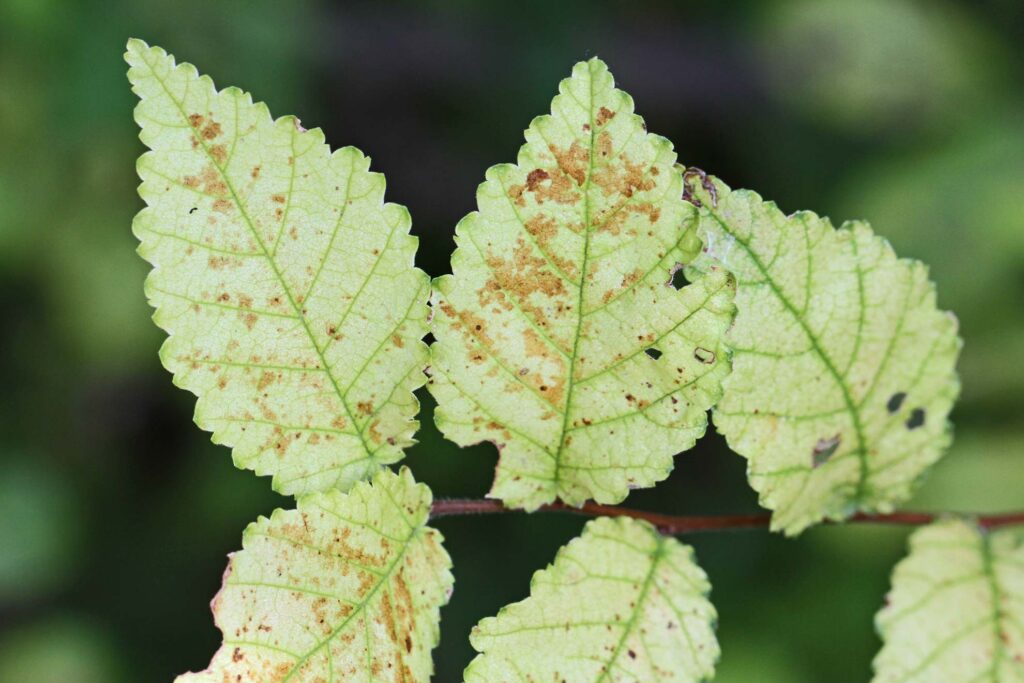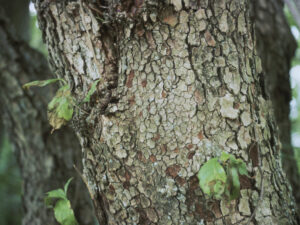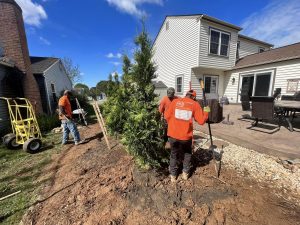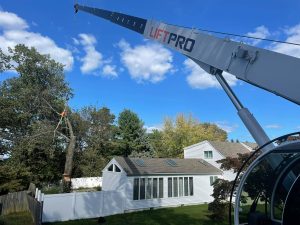Trees may be strong and rooted, but like any living thing, they’re not immune to illness. In Pennsylvania, northern Delaware, South Jersey, and other nearby areas, our trees face a variety of regional stressors—from invasive pests and fungal infections to unpredictable weather and soil issues.
If you’re worried that your tree is sick, spotting the symptoms early can make all the difference. Here’s how to recognize the warning signs and what you can do about them.
Signs Your Tree Might Be in Trouble
Some symptoms of tree illness are obvious—others, not so much. Here are key indicators to watch for:
Dead or Dying Branches
If you’re seeing large limbs with no leaves during growing season, or brittle branches that break easily, your tree may be in decline. This is often the first obvious sign of disease or internal decay.
Discolored or Wilting Leaves
Leaves that turn yellow or brown early, curl at the edges, or drop off out of season can signal a problem. For example, bacterial leaf scorch, common in oaks and maples in our area, causes premature browning and loss of foliage.
Unusual Growths or Cankers
Lumps, oozing areas, or sunken wounds (called cankers) on the bark can indicate fungal infections or internal rot. Cankers caused by fungi like Botryosphaeria and Cytospora are common in stressed hardwoods in the Northeast.
Early Leaf Drop or Bare Crown
If the top of the tree (the crown) looks sparse or bare, especially during spring or summer, this may point to root damage, poor nutrition, or vascular disease like verticillium wilt, which affects maples and elms in our region.
Common Tree Diseases in the Mid-Atlantic
In our service area, a few diseases are especially common:
Anthracnose
This fungal disease affects sycamores, dogwoods, and oaks, causing leaf blotching and early leaf drop. It thrives in cool, wet spring weather—exactly what we often see in PA and NJ.
Powdery Mildew
A white, chalky substance on leaves? That’s likely powdery mildew, which frequently impacts crepe myrtles, dogwoods, and maples across the Delaware Valley.
Fire Blight
Particularly damaging to fruit trees like crabapples and pears, fire blight causes scorched-looking, blackened leaves and twig dieback.

What to Do if You Suspect Your Tree is Sick
Don’t DIY Diagnosis
Tree health issues can be tricky to pin down. What looks like disease could be drought stress, or vice versa. That’s why it’s best to bring in a pro who knows what to look for.
Schedule a Professional Evaluation if Your Tree is Sick
At Pro Tree Services, our team offers specialized plant health care tailored to the tree species and environmental conditions of the Mid-Atlantic region. From soil testing to disease management, we’re equipped to get to the root of the issue—literally.
We’re Here to Help
Worried about a tree in your yard? Don’t wait until it becomes hazardous. Whether you’re in Delaware County, Chester County, northern Delaware, or nearby, our experienced team is ready to help. Contact us here to schedule your tree health consultation.




